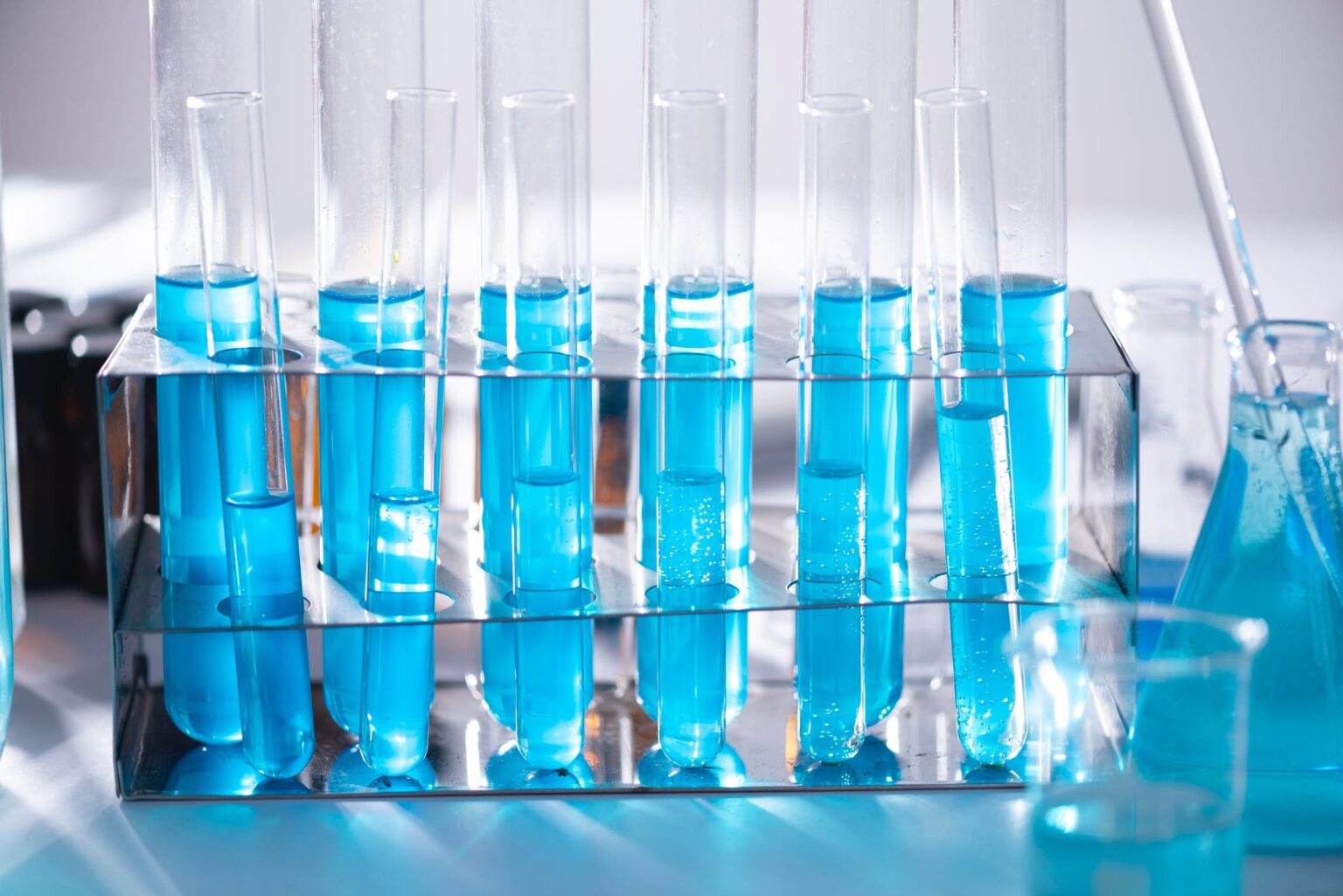Evolution of technological growth is at its peak and every day is coming you with new and more effective approach for the betterment of society. Biotechnological growth is one of the greatest examples of this transformational world and is continuously enhanced with the latest innovations, breakthroughs and developments. As per the studies conducted in the sector of biotechnology it is depicted that upcoming five years will come with approx. 400% advancements and improved solutions. Each advancement in the sector of biotechnology is done to improve the medical level.
Few breakthroughs and achievements in the sector of biotechnology are listed below:
- Biosensors:
For delicate medical analysis a sophisticated technology was required which can detect certain health conditions immediately and can report the doctors and as a solution biotechnological advancements has offered biosensors. With the help of biosensors, monitoring of blood pressure, pulse rate, body temperature, breathing, etc. It is making medical sector more sensible and swift too.
- Bioprinting:
3D bio printing is one of the biggest achievements in the sector of biotechnology. With this technology, medical sector is able to save a number of live and assist folks in regaining their day to day life. 3D bio printings are not less than a revolution in this sector and enable us to create various human body parts using living cells, such as skin, heart valves, etc.
Bioplastics:
Folks in present era are highly concerned about the material they are using in their day to day life. In past few year plastics is one of the most used materials. As per a study conducted recently, it is depicted that approx. 12.7 million tons of plastic is entering ocean every year and this material is very robust which takes several days to be decomposed and also it’s decaying add pollution in the environment. Bioplastics is one of the breakthroughs for these issues which are becoming greatest replacements for plastics. These bio plastics are developed using organic material and are also degradable.



